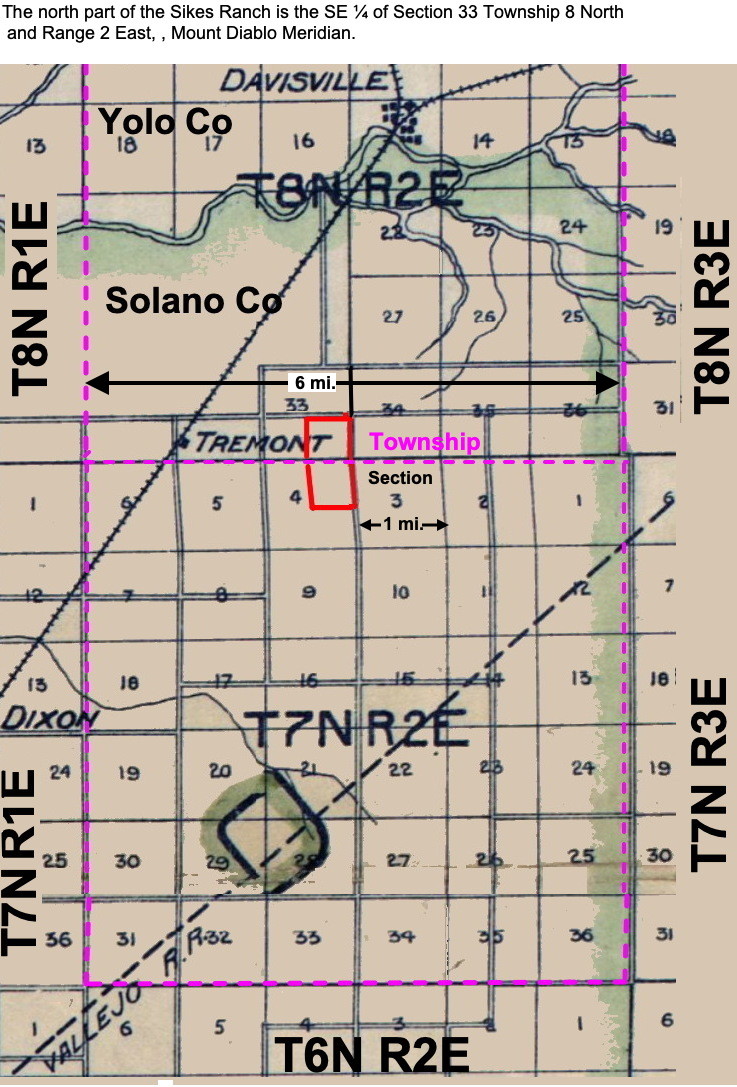

Understanding and analyzing land-use patterns can therefore be important for planners and policymakers as they seek to create sustainable and livable communities. They can also affect the health of the natural environment by determining the extent to which land is developed or preserved, and by shaping the way in which natural resources are used. For example, land-use patterns can influence the availability of housing, employment opportunities, and access to amenities such as parks and schools. Land-use patterns are important because they can have significant impacts on the quality of life of people and communities, as well as on the natural environment. Land-use patterns can vary significantly from one place to another, depending on a variety of factors, including economic, political, social, and environmental considerations. It includes the types of land uses that are present, such as residential, commercial, industrial, agricultural, and natural, as well as the spatial arrangement of these land uses.

A land-use pattern refers to the way in which land is used within a given area.


 0 kommentar(er)
0 kommentar(er)
